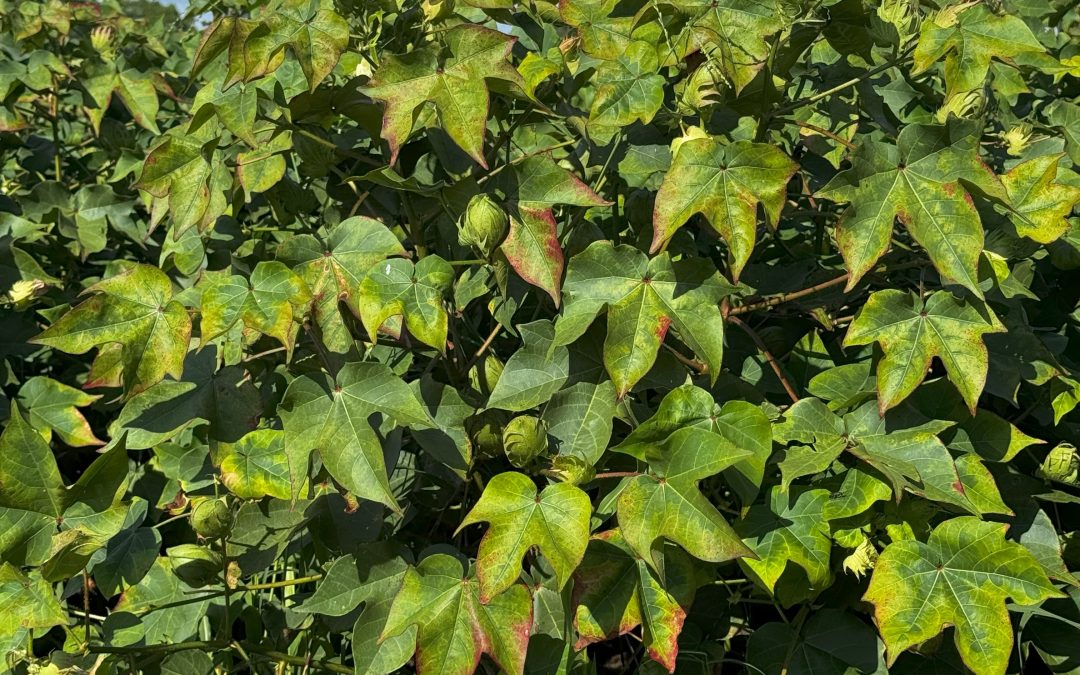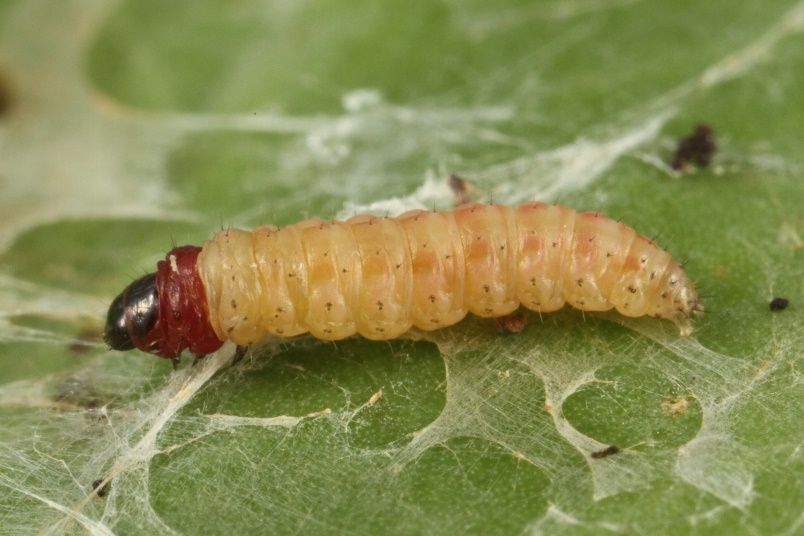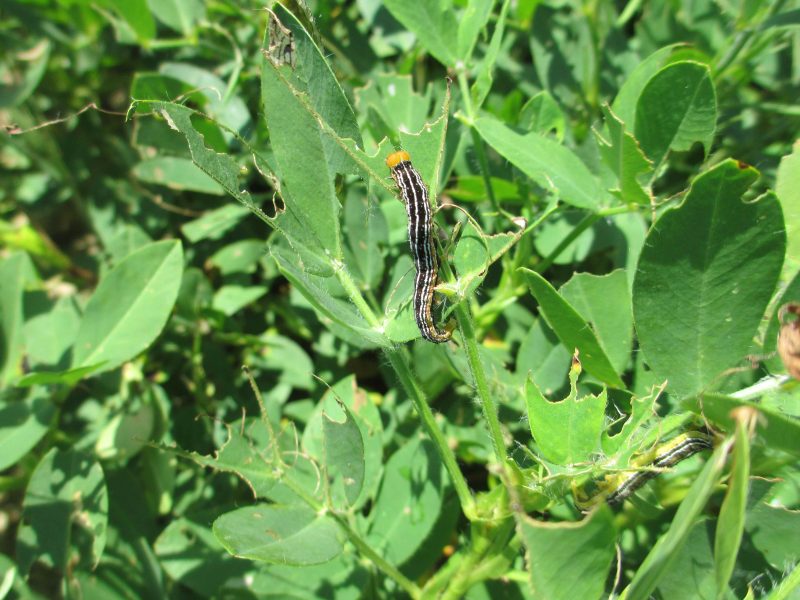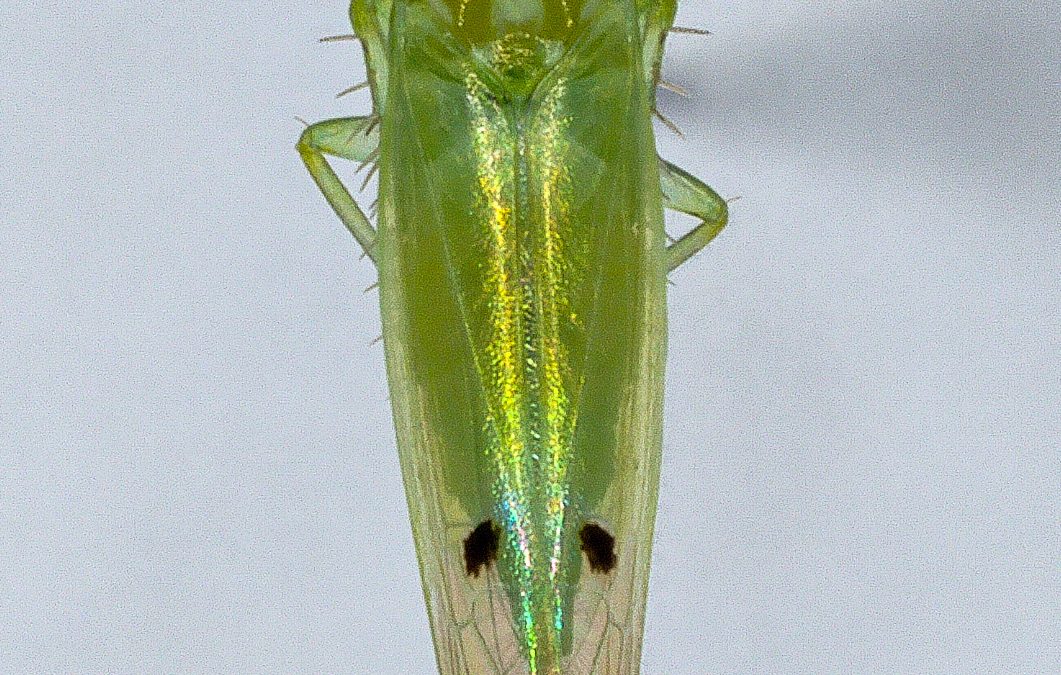
by Isaac Esquivel | Aug 22, 2025
Isaac Esquivel, UF/IFAS Crop Entomologist, Scott Graham, Alabama Crop Extension Specialist, Phillip Roberts, Georgia Extension Crop Entomologist, and Jeremy Greene, Clemson Crop Entomologist A couple of weeks ago, I shared that the Two-spotted cotton leafhopper...

by external | Aug 22, 2025
Dr. Mark Abney, UGA Extension Crop Entomologist At the risk of jinxing the whole dang thing, the question I have gotten most in recent days from peanut farmers, county agents, and consultants has been, “Where are the caterpillars?” The short answer is that I...

by external | Jul 31, 2025
Dr. Mark Abney, UGA Extension Crop Entomologist Late July and early August are generally prime time for foliage feeding caterpillars in peanut fields. Caterpillar pressure has been relatively light so far in 2025, but I have gotten a couple reports of fields at or...

by Ray Bodrey | Jul 11, 2025
One the greatest threats to the western honey bee, Apis mellifera Linnaeus, is a mite species known as Varroa destructor. Unfortunately, the Florida Panhandle is within the range of this hive devastating pest. Oxalic acid treatment has been shown to work well against...

by Isaac Esquivel | Jul 11, 2025
Cotton across the Panhandle is at various stages of development, from early vegetative, to squaring, to bloom. Insect pest activity has been relatively light so far, but it appears to be increasing; stink bugs and plant bugs are moving into fields. Early planted...

by Kalyn Waters | Jun 20, 2025
Brett Capra, University of Florida, Senior in Animal Sciences & UF/IFAS Extension Intern with Kalyn Waters, UF/IFAS Extension Holmes County Horn Flies are a significant issue in the Florida Panhandle, especially during the summer months. In hotter temperatures,...







